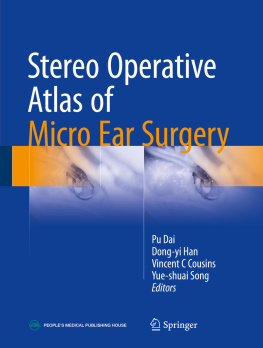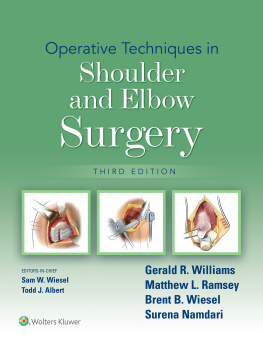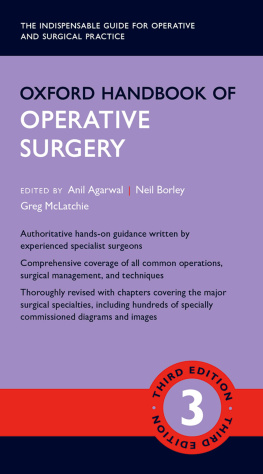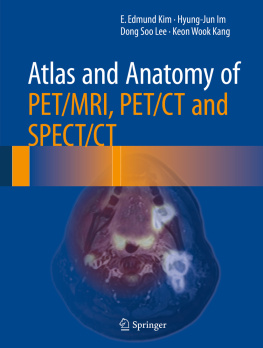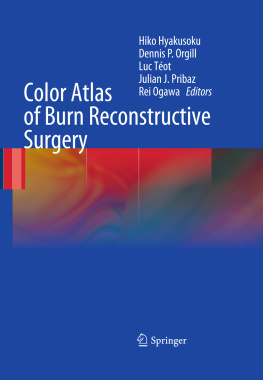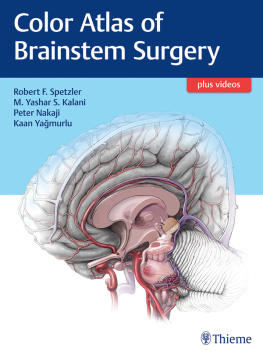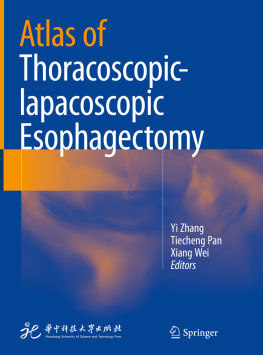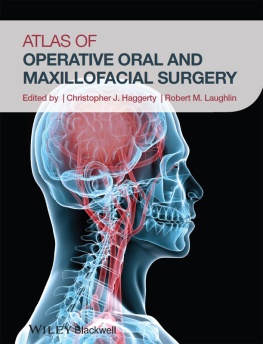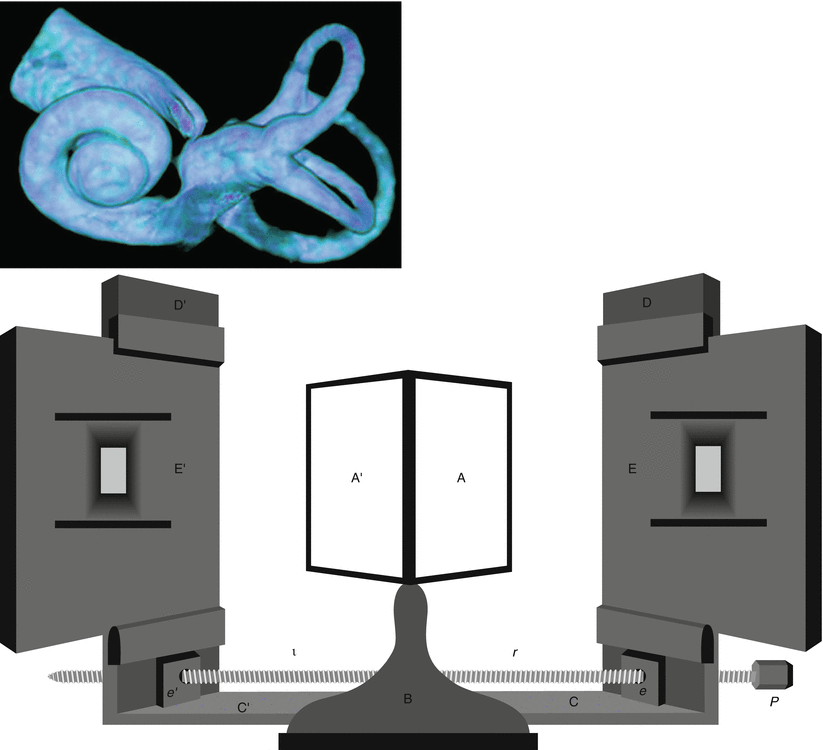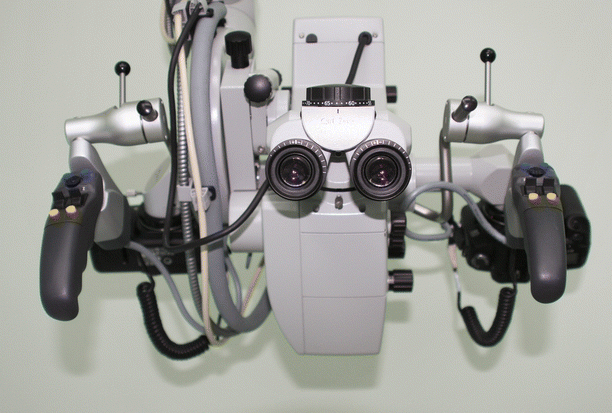A Brief History of the Development of Stereoscopy in Ear Micro Surgery
Yue-shuai Song 4 and Pu Dai 5
(4)
Department of Otolarygngology Head and Neck Surgery, Beijing Friendship Hospital, Capital Medical University, Beijing, 100050, China
(5)
Department of Otolarygngology Head and Neck Surgery, Chinese PLA General Hospital, Beijing, 100853, China
Our knowledge of the anatomy of the temporal bone can be dated back to Hippocrates who understood the tympanic membrane to be part of the acoustic apparatus, and Aristotle who recognized the cochlea as part of the hearing organ. Later in 1860 Toynbee studied 2000 temporal bones and published his findings in the classic work Disease of the Ear. So techniques especially modern techniques of dissection have greatly improved our abilities to study the temporal bone, and among them, Computerized Tomography (CT Scanning) has added to this.
The basic threads of three dimensional (3D) spatial shape research of otology came from Newton. In 1879 he suggested reconstructing the temporal bone using contiguous sheets, but this was not available until 1968, when an English engineer Hounsfield invented the first CT machine. With this technique Harada (1988) made some particular observations of the temporal bone, including the external auditory canal, tympanic membrane, carotid artery, vestibule, labyrinth and internal auditory canal. In 1989, Lutz reconstructed the facial nerve and carotid artery and made a 3-D measurement of anatomical structures. He also discussed the anatomical basis of various otologic diseases. In China, the work of Professor Pu Dai (1991) on temporal bone reconstruction based on extensive anatomic data hasnt only expanded the study but also enriched the knowledge of stereo reconstruction in China.
Fig. 1.1
Reconstructed 3D cochlea and reflecting mirror stereoscope
The wheatstone stereoscope (1838): to view images using the stereoscope (Reprint from Volume 68 of the series Intelligent Systems, Control and Automation: Science and Engineering pp 97130, Springer, 2013)
Computer aided temporal bone reconstruction has become a landmark in Medical studies, while it still has some defects, the images which are created by this technique are only an abstraction of the real anatomic structures, far different to real surgical images. Considering this, Professor Dai has further developed a way to capture and save stereo images. He has combined binocular vision theory, the stereoscope and the operating microscope in an ingenious way. This has provided a much more realistic representation of micro ear surgery.
Stereo Operative Photography of Micro Ear Surgery
Song Gao 6 and Pu Dai 7
(6)
Department of Otolaryngology, The 175th Hospital of Chinese PLA, Zhangzhou, 363000, China
(7)
Department of Otolarygngology Head and Neck Surgery, Chinese PLA General Hospital, Beijing, 100853, China
What Is Stereo Images of Micro Ear Surgery and How to Capture Them?
Micro Ear Surgery is routinely performed with the help of the operating microscope which gives true stereo vision through the two eye lens (just like we watch things through our two naked eyes). Traditionally this level of stereo-vision has not been available outside the Operating Room and we have had to bear standard 2D pictures, losing a lot of important spatial information, but now we have used a side-by-side stereoscopic system to address this deficiency. We use two separate Digital Single Lens Reflex (SLR) Cameras attached to an operating microscope to simultaneously capture left and right pictures of the same object as shown in the picture below.
Equipment and Specifications
The following equipment is required to record the ideal paired photographs:
Operating microscope with two side ports for attachment of two digital SLR cameras. Each side of the system, including eye-lens and camera, must have the same optical pathway;
The two cameras should be controlled by one manual key or pedal so that the left and right photographs are taken simultaneously by two cameras separately;
Adequate light: Sufficient light is always very important, especially when you want to capture images of very tiny structures in a very deep situation;
Two Hi-Q Digital Single Lens Reflex Cameras, and make sure they share the same settings.
In our department, we use two Canon EOS 5D digital cameras, one Carl Zeiss Pentero microscope with a foot control pedal connecting to it, which is used for image capture. Correct focus is controlled via a video monitor that has the same optical pathway to the right eye-lens.
Fig. 1.2
The microscope with stereoscopic photo system
Stereo Image Production
Step 1: Open a pair of photos, captured during surgery in Adobe Photoshop software;
Step 2: Overlap the paired left and right side photos, make sure the structure in the focus of these two pictures can be completely matched.
Step 3: Crop photos to a standard measurement, and keep the observation target in the middle of the field;
Step 4: Position the edited photos side by side in their original side position;
Step 5: Save the side-by-side stereo-images in Hi-Q JPEG format;
The following steps are necessary to ensure effective stereovision:
Make sure the structure in the focus of these two pictures can be completely overlapped;
Side cannot be exchanged.
How to View the Stereo Images
Step 1: Unfold the stereoscope;
Step 2: Place the two feet of stereoscope in the both lateral margins of side-by-side stereo-image;
Step 3: Adjust lens distance of stereoscope;
Step 4: Enjoy the realistic stereovision!

